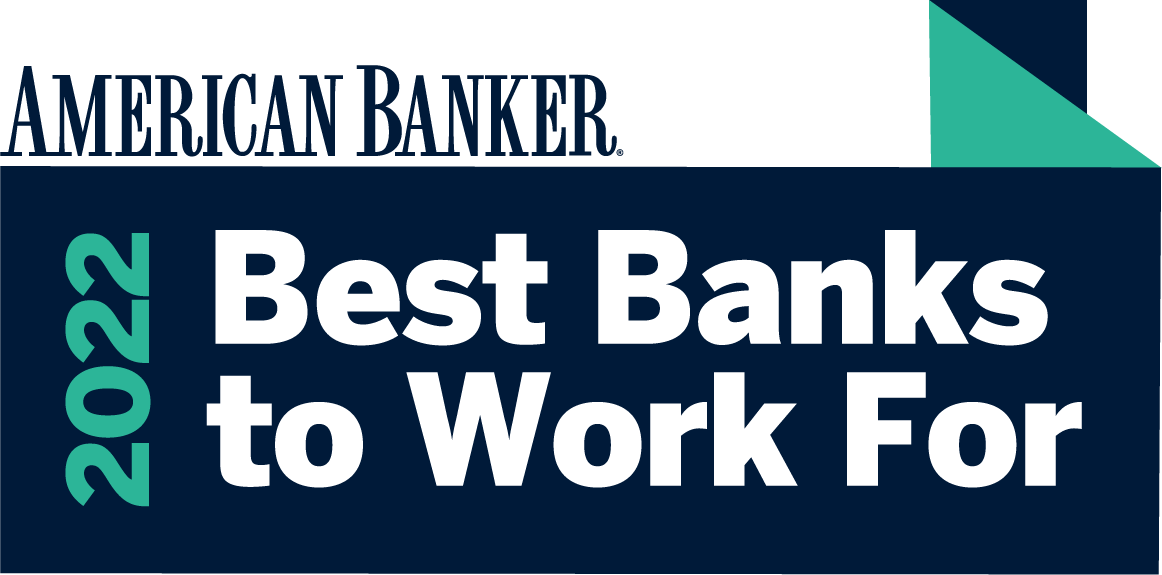With the recent wild, uncharted economic storm, you may want to assess where your business finances stand now to get a jump on next year. This year is sure to look dramatically different than any other due to the pandemic. So whether you will be dealing with lost revenue like many business owners or were in an industry that experienced unexpected gains, there may be important financial moves you should make before the new year.
Put the numbers into context
“It is difficult to grasp the enormity of the pandemic,” said Thomas J. Shara, President and CEO of Lakeland Bank. “This downturn has touched virtually every business customer, including their employees and their families.”
Small businesses in the hardest-hit industries – retail, transportation, hospitality, restaurants, and the arts – experienced the biggest impact. By the end of June, New Jersey’s unemployment rate hovered above 15% per the U.S. Bureau of Labor Statistics and unemployment payments had exceeded $9 billion since mid-March.1 The state’s banks worked feverishly to help as many small businesses as possible secure a Paycheck Protection Program (PPP) loan – a lifeline made available by the Federal government through the Small Business Administration. More than 125,000 PPP loans were approved in New Jersey for a total of $17.6 billion.2
Where will your business land?
Of course, you only need to know how the pandemic affected your business. But given the scale of this year’s downturn, reviewing your numbers could be tricky and perhaps a little overwhelming. And that’s why it’s smart to start early to get a sense of where your business will be by the end of the year. Take these steps to position your business for success this year:
Step 1. Assess your financial position.
The first step is to dig into your finances to answer this question: What are my business financial ratios? Reviewing your financial ratios accomplishes three things:
- It takes the guesswork out of knowing where you need to make improvements.
- It highlights your competitive strengths and weaknesses.
- It reveals important business trends.
What’s more, calculating your financial ratios is easy to do. Just pull up your balance sheet and income and cash flow statements, then plug a few numbers into a financial ratio calculator.
Step 2. Review your goals and make adjustments.
Are you on target to meet your goals or will you fall short? Perhaps your business benefited from the lockdown and you are exceeding goals. The U.S. Chamber of Commerce reports that while many suffered, some small businesses experienced an uptick in sales.3
List all the things that impacted your goals – both good and bad. For instance, your employees had to work remotely full-time during the pandemic and now you realize it may not be necessary to rent office space for the entire team. Your lease is up so you decide to forge ahead remotely to cut the expense of rent and the other costs associated with leasing space. On the other hand, if you have a store front that saw a dramatic drop in foot traffic, you might need to invest in your website to boost your online presence.
No matter what track your business is on, most likely, you have already made adjustments to adapt to the current climate. And given the uncertainty of how long we will be dealing with the pandemic, more changes may need to be implemented for you to have long-term business success.
Step 3. Call your accountant!
“If you are the type of business owner that only visits your CPA once a year during tax time, then you are probably leaving money on the table and may be paying more in tax than you need to be,” said Ryan Hennion, CPA. “Any tax that you have overpaid could have been used to help your business grow exponentially.”
No doubt businesses have a lot on their plate as they look to the end of the year. But owners should be asking their accountant some of these questions to make adjustments for the strongest possible year end results.
- Is my current tax strategy on track?
- Do I have enough deductions?
- Are there any tax concerns related to my PPP loan?
- Do I need to offset one-time capital gains?
- Is there a tax credit for COVID-19 related employee paid leave?
One of the tax strategies Hennion recommends to business owners is to look at accumulating assets because of the tax depreciation benefit. For instance, a business owner can finance a piece of equipment and take the up-front depreciation while paying for the equipment over time as long as the equipment is placed in service before the end of the year. This increase in depreciation would reduce the owner’s profit on paper, which in turn decreases how much tax they will pay. However, there is a fine balance between depreciation and Qualified Business Income Deduction so it’s critical to check with your CPA throughout the year to stay on track.
“Any business owner that secured a PPP loan needs to talk to their CPA,” says Hennion. “Since PPP loans are being used primarily for payroll, rent, utilities and loan principal, these expenses will not be deductible if the loan is eligible for forgiveness. And this may mean an increase in profit which could result in an increased tax liability.”
Hennion says his motto is: It’s not about how much money you make, it’s about how much you get to keep. And in this especially turbulent economic state, that is something to consider as you answer the questions above and research how to maximize deductions and exemptions to minimize the tax you will need to pay.
Prepare and make a plan
Once you’ve assessed your finances, adjusted your goals, and reviewed your tax strategy, you’ll want to layout your business plan and budget for the new year. Your plan will be based on past performance and some strategic planning to determine future projections. When mapping out your plan, consider some of these questions:
- what expenses may be cut or will increase?
- will you offer a new product or service?
- will you generate profit and are you managing your cash flow?
- does your distribution channel need to change?
- will you need a business loan?
Use what you have learned to set new goals for the new year, and remember that when plans change unexpectedly, a business owner who is prepared to be adaptable and flexible will have a better shot at success!
Remember as a community bank we’re your trusted partner! We are here to help your business with treasury management solutions or provide the loan you need to expand, purchase new equipment or cover every day operational needs. Let’s talk about your business objectives! Request/Schedule a Consultation and a member of our team will contact you.
Here are two other blogs you may find helpful, Cash Management Services to Manage Cash Flow and 4 Technology Trends to Get Your Business Back on Track.
Note: Ryan Hennion is a member of Lakeland Bank’s Advisory Board and can be reached at Ryan.Hennion at hennionaccounting dot com.
1NJ.gov, Department of Labor and Workforce Development, “Unemployment Payments to NJ Workers Exceed $9B” viewed July 27, 2020.
2New Jersey Business Magazine, “Banks Push the Envelope in COVID-19 Climate” viewed July 27, 2020
3U.S. Chamber of Commerce, “15 Small Businesses Thriving During Coronavirus” viewed July 3, 2020




